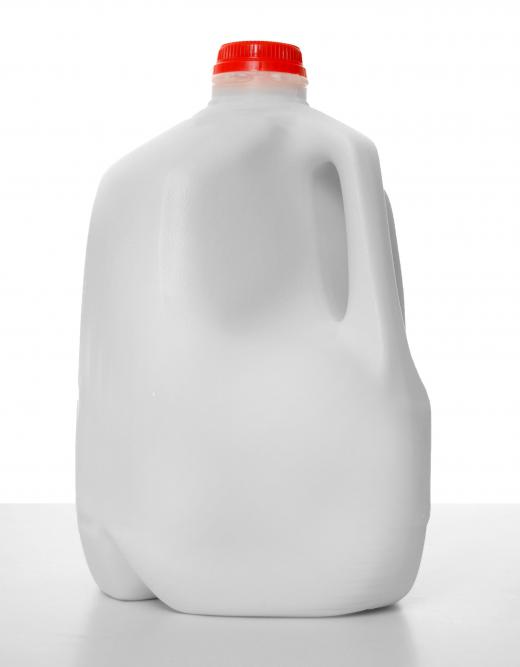A pasteurizer is a device which pasteurizes, treating a food product to kill disease-causing organisms such as bacteria. Milk is one of the most widely pasteurized foods, but pasteurizers can also be used with a variety of other liquids, and some other foods can be pasteurized as well. Pasteurization is used to make food safer, so that it can be sold commercially without concerns that people will get sick when they consume it. People can also pasteurize foods at home when processing foods they have made.
Pasteurizers can work in a number of different ways. One of the most common styles is the high temperature, short time (HTST) or flash pasteurizer, which brings food to a very high temperature for a brief period to kill bacteria before rapidly cooling it. Related is the higher heat, shorter time (HHST) pasteurization method. Pasteurizers can also be used for ultra heat treatment pasteurization, high pressure pasteurization, and extended shelf life pasteurization, which can render foods so stable that they can be stored at room temperature in aseptic containers for several months.

In all cases, a pasteurizer must be kept in good condition. Pasteurizers can handle food in batches or continuously, depending on the design. A batch pasteurizer is a more common option for home use, while continuous pasteurization is used in facilities like dairies, where there is a steady supply of fluid which requires treatment in a pasteurizer. If any part of the pasteurizer becomes contaminated, it can spread organisms to supposedly pasteurized food, and they will breed inside the food, appreciating the lack of competition created by the elimination of microorganisms.

For industrial pasteurization, a number of companies make pasteurizers, which usually need to be special ordered and may need to be installed by a company technician. These devices are huge and very complex, with a number of monitoring systems which are designed to keep them safe. People are also usually required to monitor the pasteurizer with regular swabs to check for bacteria and other measures which are intended to identify problems before batches of contaminated food are released to the public.

A pasteurizer for home use can be obtained through a kitchen supply store or catalog, or through a store which stocks homesteading supplies. These devices may fit on a stove or be designed to plug into the wall, and they usually pasteurize a limited amount of food. When buying a home pasteurizer, people should find out what the capacity is, and take note of the kind of pasteurization it offers.
Ever since she began contributing to the site several years ago, Mary has embraced the exciting challenge of being a About Mechanics researcher and writer. Mary has a liberal arts degree from Goddard College and spends her free time reading, cooking, and exploring the great outdoors.

